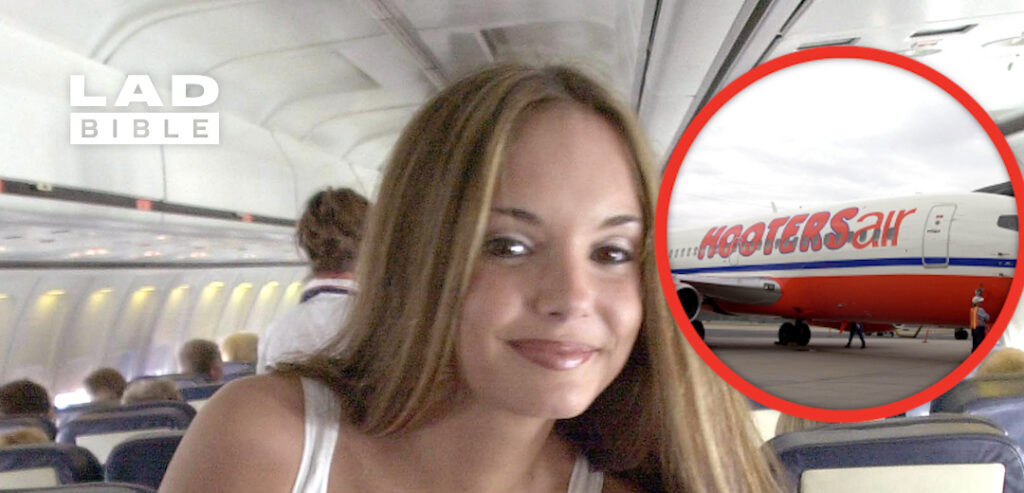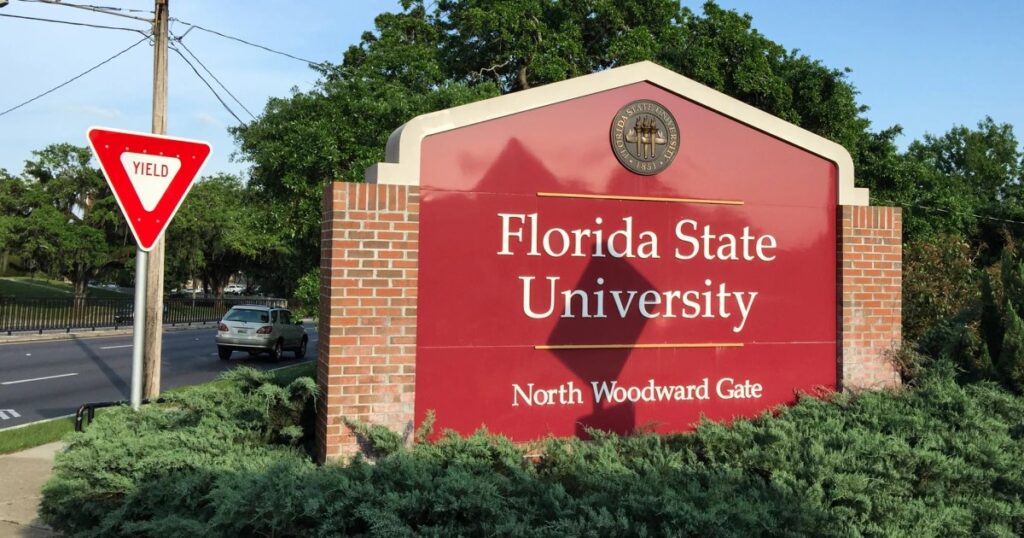In 2003, Hooters, the restaurant chain known for its casual dining and distinctive orange-shorts-clad servers, took a daring leap into the aviation industry with Hooters Air. The venture began when Robert Brooks, the chain’s owner, acquired Pace Airlines, a North Carolina-based charter company, in 2002 for $1.5 million, as reported by The New York Times. Transforming a fleet of Boeing 737s into “flying billboards,” Hooters Air launched with a bold promise: affordable fares, comfortable seats, and the brand’s signature Hooters Girls onboard to bring their playful charm to the skies. Headquartered in Myrtle Beach, South Carolina, the airline aimed to capitalize on the Hooters brand’s popularity, targeting leisure travelers with routes to destinations like Las Vegas, Orlando, and the Bahamas. The launch, marked by a splashy event with Hooters Girls in their iconic tank tops and orange shorts, generated buzz but also skepticism about the concept’s viability.
A Unique In-Flight Experience
Hooters Air set itself apart by blending the restaurant’s cheeky aesthetic with air travel. Each flight featured two Hooters Girls alongside FAA-certified cabin crew, though the Girls were not trained flight attendants and instead focused on engaging passengers. Dressed in their trademark outfits, they sold merchandise like Hooters calendars, hosted trivia games, and mingled with travelers, creating a party-like atmosphere, as described by CNN. The planes, painted with the Hooters logo and owl mascot, offered two daily hot meals inspired by the restaurant’s menu, such as wings, at no extra cost—a rarity for budget carriers. With fares starting at $129 one-way to cities like Newark and Atlanta, per USA Today, the airline targeted budget-conscious vacationers. However, the novelty of Hooters Girls onboard drew mixed reactions, with some passengers enjoying the fun and others, like those quoted in The Guardian, finding it “tacky” or inappropriate for family travel.
Challenges and Public Backlash
Despite its branding flair, Hooters Air struggled to gain traction. The airline operated only eight leased Boeing 737s, serving 15 destinations at its peak, but faced stiff competition from established low-cost carriers like Southwest and JetBlue, which offered similar fares without the polarizing gimmick. Critics, including feminist groups cited in The Washington Post, slammed the airline for objectifying women, arguing that the Hooters Girls’ presence trivialized flight safety and reinforced sexist stereotypes. Social media posts from the era, archived on platforms like X, echoed this sentiment, with users calling it “a PR stunt gone wrong.” Operational challenges, including high fuel costs post-2005 and Hurricane Katrina’s impact on Gulf Coast tourism, further strained finances. Pace Airlines, which operated Hooters Air’s flights, also faced labor disputes, with pilots picketing over wages, as noted by The Charlotte Observer, undermining the airline’s carefree image.
The Swift Decline and Shutdown
Hooters Air’s commercial failure became evident by 2005, as it struggled to fill seats despite its low fares. The airline’s reliance on the Hooters brand couldn’t overcome logistical and market challenges. In April 2006, just three years after its launch, Hooters Air ceased scheduled operations, though Pace Airlines continued charter services until its bankruptcy in 2009, per Reuters. The shutdown was attributed to rising fuel prices, which hit $3 per gallon, and low passenger numbers, with flights often operating at 30% capacity, according to Aviation Week. Brooks, who died in 2007, had hoped the airline would boost restaurant sales, but Forbes reported only a 2% uptick in Hooters’ revenue, far below expectations. The fleet was either returned to lessors or repurposed, with one 737 later spotted in Nigeria, as shared by an X user in 2010, marveling at its Hooters livery.
A Curious Footnote in Aviation History
Hooters Air remains a peculiar chapter in aviation, remembered more for its audacity than its success. The airline’s attempt to merge a restaurant’s brand identity with air travel captivated some, with memorabilia like boarding passes fetching $50 on eBay, per recent X posts. Yet, it also highlighted the risks of brand overextension, as Hooters Air failed to resonate with a broad enough audience. Business Insider noted that the venture lost an estimated $40 million, a significant hit for a chain valued at $300 million at the time. Today, Hooters Air is a nostalgic curiosity, with X users like @AvGeekJames sharing old photos of the orange-clad planes, captioning them “a wild idea that never stood a chance.” The experiment underscores the challenges of translating a niche brand into a competitive industry, leaving a legacy of bold ambition and fleeting flights.


